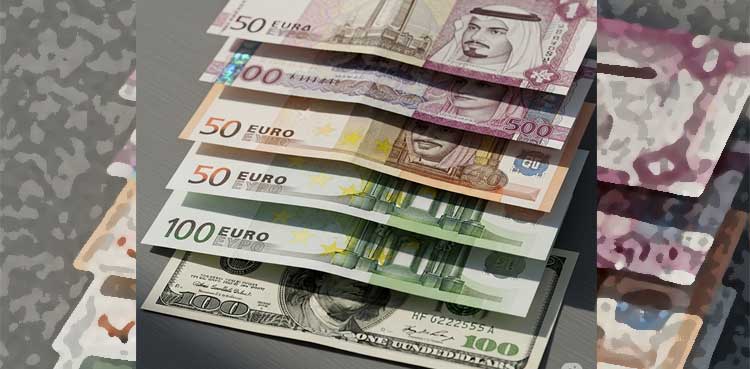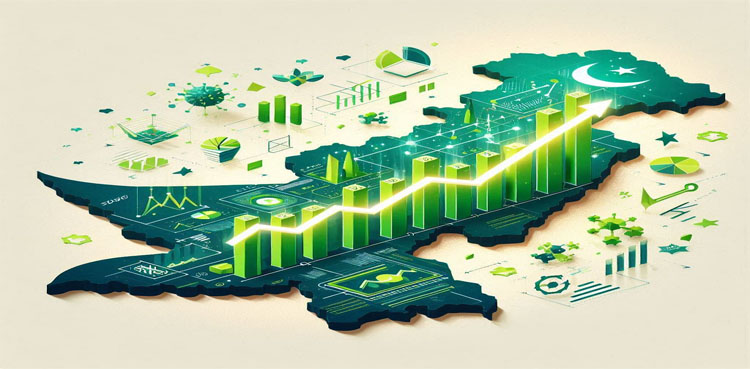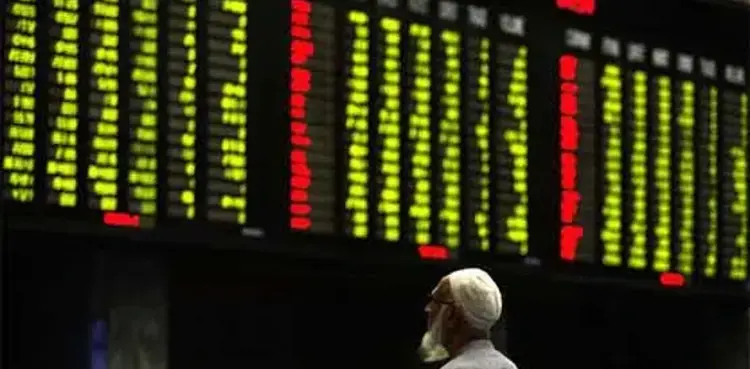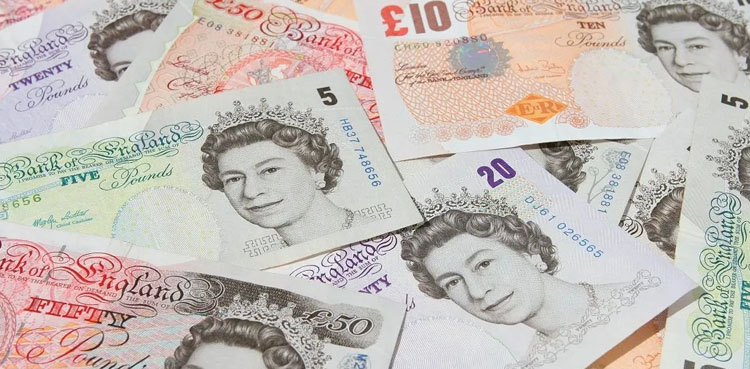The national economy has entered Fiscal Year 2025-26 on a strong footing, building upon the previous year’s progress and offering a hopeful outlook for the coming months, backed by improved external and fiscal fundamentals, according to a recent report from the Finance Ministry released Thursday.
“Pakistan’s economy began FY2026 with encouraging indicators carried over from FY2025, establishing a constructive momentum going forward,” states the Monthly Update and Outlook for August 2025.
Government initiatives to promote investment, combined with reforms encouraging private sector-driven growth, easing inflation, and a supportive monetary stance, are likely to further boost business confidence.
A favourable international backdrop, rising demand from trade partners, and Pakistan’s recent trade agreement with the U.S. are anticipated to lift exports, while remittances will help offset trade deficit pressures stemming from increased imports due to tariff adjustments.
Nonetheless, flood-related damage may strain public finances and disrupt food supply chains in affected regions, the report notes, adding that inflation is expected to stay within the 4.0–5.0 percent range in August 2025.
According to the report, the Consumer Price Index (CPI) inflation remained moderate, suggesting that inflationary expectations were well-anchored through a mix of administrative measures and policy reforms along with prudent economic management.
The headline Inflation was recorded at 4.1 percent Year-on-Year basis (YoY) in July 2025, compared to 3.2 percent in June 2025 and 11.1 percent in July 2024. On Month-on-Month (MoM) basis, it increased by 2.9 percent, following a 0.2 percent increase in June 2025 and 2.1 percent increase in July 2024.
Likewise, in July FY2026, the external sector showed a favourable performance, with a narrower current account deficit and a stable exchange rate, while tax collection by the Federal Board of Revenue (FBR) recorded significant growth.
These trends highlight a stable macroeconomic foundation at the beginning of FY2026, it says adding the stability achieved in FY2025 and sustained improvement in macroeconomic indicators prompted international credit rating agencies to upgrade Pakistan’s sovereign outlook, reaffirming confidence in the economic direction and reinforcing the credibility of ongoing reform efforts.
The report says, agricultural credit disbursement rose by 16.3% to Rs.2,577.3 billion in FY2025, while agricultural machinery imports surged 123.9% to $14.4 million in July FY2026.
The Large-Scale Manufacturing (LSM) sector registered a year-on-year (YoY) increase of 4.1 percent in June 2025 while month-on-month (MoM), it declined by 3.7 percent. Cumulatively, LSM output declined by 0.74 percent during FY2025, compared to a marginal growth of 0.78 percent last year.
The FY2025 concluded with notable improvement, supported by strong revenue growth and prudent expenditure control. The fiscal deficit narrowed to 5.4 percent of GDP from 6.9 percent in FY2024, the lowest in eight years.
The primary surplus rose significantly to Rs. 2,719.4 billion (2.4% of GDP) from Rs. 952.9 billion (0.9%), the highest in 24 years, driven by contained non-markup expenditures.
Total expenditure grew by 18.0 percent to Rs. 24,165.5 billion, with current spending increasing by 15.9 percent to Rs. 21,528.6 billion. This moderation created space for development, as federal PSDP rose sharply by 43.3 percent.
On the revenue front, tax collection grew by 26.2 percent, while non-tax revenues surged by 65.7 percent. In July FY2026, FBR’s tax collection increased by 14.8 percent to Rs. 757.4 billion, with the 12.5 percent increase in domestic tax and 31.2 percent rise in customs duty.
In July FY2026, the current account posted a deficit of $254 million, lower than the $348 million deficit recorded in July FY2025. Goods exports increased by 16.2 percent to $2.7 billion, while imports rose by 11.8 percent to $5.4 billion, resulting in a trade deficit of $2.7 billion compared to $2.5 billion last year.
On July 30, 2025, the Monetary Policy Committee kept the policy rate unchanged at 11%, citing a slight uptick in the inflation outlook due to higher-than-expected energy price adjustments, despite favorable June inflation figures.









